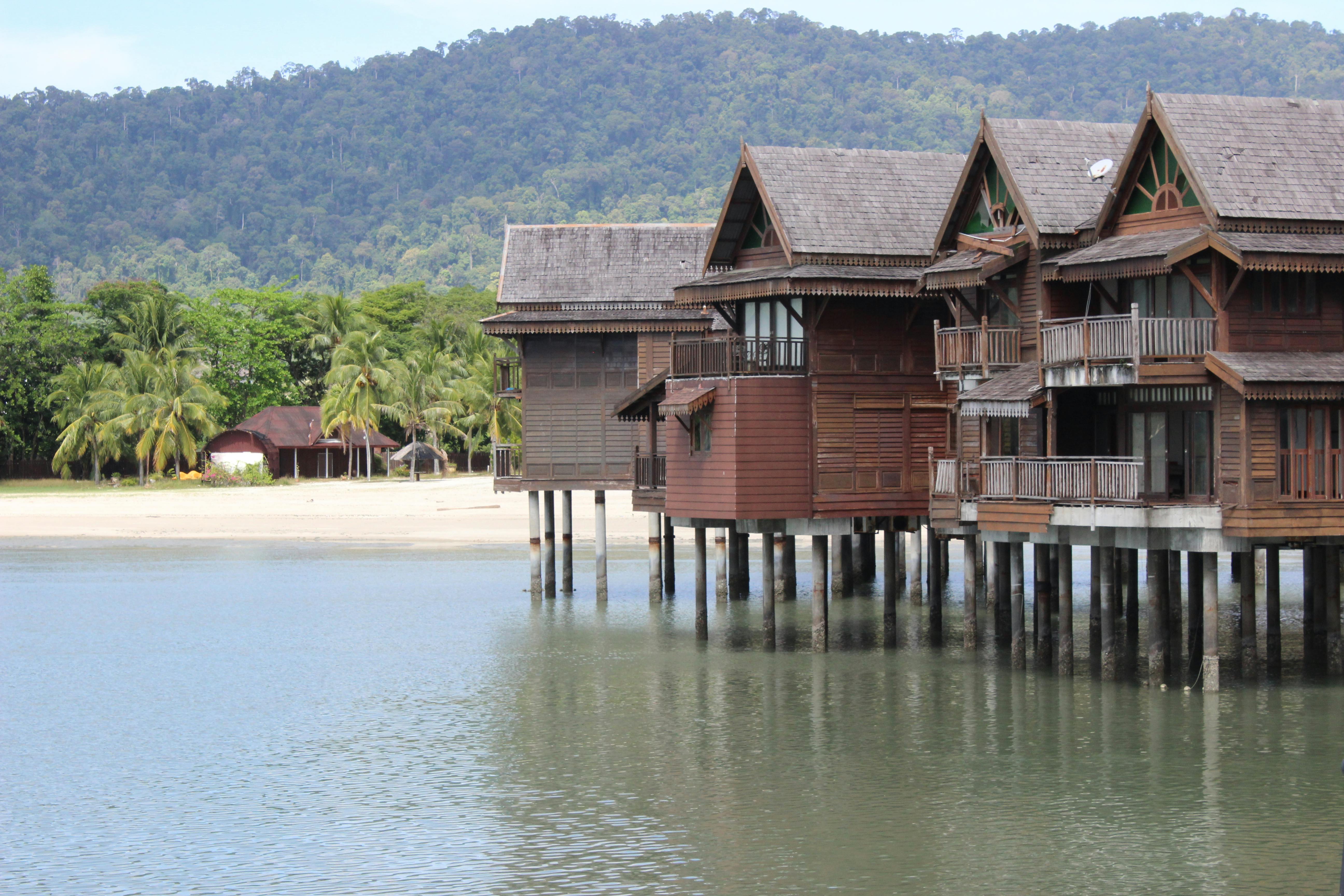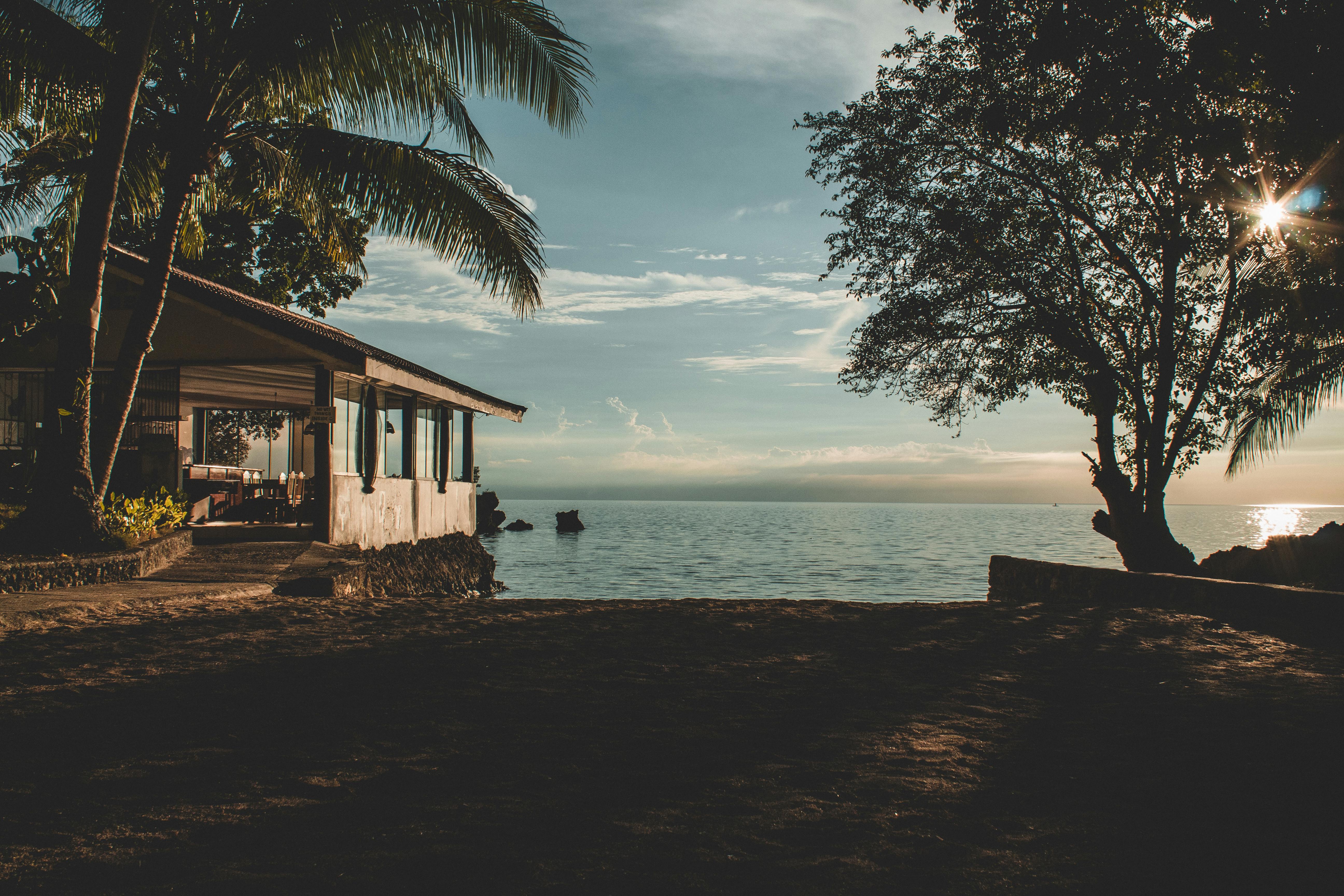Distilled water is a pure form of water that is free from impurities and contaminants. It can be used for a variety of purposes, from drinking to medical applications. If you are looking for an easy and cost-effective way to make your own distilled water at home, it is possible with some simple steps and ingredients. In this article, we will discuss the steps needed to make your own distilled water at home.Distilled water is water that has been boiled and evaporated to remove impurities, such as minerals and chemicals, that can be found in tap water. It is then condensed back into liquid form. Distilled water is free of minerals and salts, making it the purest form of water available.
How Does the Distillation Process Work?
Distillation is a process used to separate and purify liquids based on their different boiling points. It works by heating a mixture of two or more liquids, evaporating it and then condensing the vapor into a separate container. The vapor contains the more volatile components of the mixture, meaning those with lower boiling points, and the condensed liquid contains the less volatile components. This process can be used to refine and purify many substances, such as crude oil, ethanol, water and other chemicals.
The distillation process begins by heating the mixture in a still or distillation vessel. This causes some of the liquid to evaporate, while the rest remains in its liquid form. As the vapor rises through a column or condenser, it cools and condenses back into its liquid form. Depending on the specific mixture being distilled, different components will collect at different levels in the column because they have different boiling points. The most volatile component will collect at the top of the column while other components collect below it.
At this point, these newly condensed liquids can be collected separately from
What Equipment is Needed to Make Distilled Water at Home?
Distilled water is an excellent way of purifying water and removing impurities such as minerals, salts, and other contaminants. It can be made easily at home using the right equipment. The most common pieces of equipment necessary for making distilled water are a stock pot, an electric hot plate, a condenser coil, and a collecting container.
A stock pot is necessary to boil the water. It should be large enough to hold several gallons of water so that more distilled water can be made in one batch. An electric hot plate will allow the boiling process to take place without having to constantly watch the pot. The condenser coil is what will cool the vaporized steam back into liquid form, which then becomes distilled water. This coil should be placed over the stock pot so that the vapor has somewhere to go once it is created from boiling. Finally, a collecting container is needed to capture the distilled water as it drips from the condenser coil into this container.
Having these four pieces of equipment will allow you to make distilled water easily at home. It is important that all of these
Steps for Making Distilled Water at Home
The process of making distilled water at home is relatively straightforward. It involves boiling water to create steam, collecting the steam, and then condensing it back into liquid form. Here are the steps involved in making distilled water at home:
1. Gather the necessary materials – You will need a large pot, lid, glass bowl or jar, ice cubes, and a heat source such as a stove or hot plate.
2. Heat up the water – Fill the pot with water and place it on your heat source. Bring the water to a rolling boil and leave it boiling for several minutes.
3. Collect the steam – Place your glass bowl or jar in the center of the pot and cover it with a lid. This will help to collect the steam created by boiling the water.
4. Condense the steam – Place some ice cubes on top of the lid to cool down and condense the steam back into liquid form. As this happens, you should see droplets of distilled water forming
Ensuring Safe and Pure Distilled Water
Distilled water is a popular choice for many home and commercial uses, including drinking, cooking, and cleaning. However, it is important to ensure that the distilled water you use is safe and pure. Here are a few tips to help you make sure your distilled water is safe and pure:
1) Check the source of your distilled water. Make sure it comes from a reliable supplier who follows good manufacturing practices (GMP). If possible, visit their facility or check online reviews to verify their quality standards.
2) Look for certification labels on the packaging of your distilled water. Many companies have their products certified by third-party organizations to ensure that they meet certain quality standards. Look for labels such as NSF International or UL Environment Certified.
3) Avoid buying large containers of distilled water from unknown suppliers or off-brand retailers. This can be especially risky if you plan on using the water for drinking or cooking.
4) Use only food grade containers to store your distilled water. Plastic containers

What Can I Do with the Leftover Brine After Making Distilled Water?
The leftover brine from making distilled water is a highly concentrated salt solution that can be reused in a variety of ways. It can be used to make salt-based products such as soap and shampoo, as well as for pickling vegetables. It can also be used for cleaning, disinfecting, and sanitizing surfaces and objects. Additionally, it can be used to create a saline solution for irrigating wounds or treating respiratory illnesses. Some people even use it for watering plants or making natural deodorants.
The leftover brine can also be used to make homemade sea salt. Adding some of the brine to a shallow pan of boiling water and allowing it to evaporate will leave behind the salt crystals that you can collect and use in cooking or seasoning dishes. The leftover brine can also be added to compost piles or used as an ingredient in homemade fertilizers and soil amendments.
Finally, the leftover brine can also be used in aquariums as a source of electrolytes or minerals. Adding some of the brine to an aquarium will not only introduce beneficial minerals into the
Home Water Filtration Systems
A home water filtration system is an alternative to distilling water at home. These systems are designed to filter out impurities such as chlorine, lead, and other contaminants that can be found in tap water. The benefit of using a home filtration system is that it can reduce the amount of contaminants in your water without the need for distilling. Home filtration systems can be installed under the sink or on the countertop and they come in a variety of sizes and prices to meet your budget and needs.
Reverse Osmosis Systems
Reverse Osmosis is another alternative to distilling water at home. This process involves forcing contaminated water through a semi-permeable membrane that filters out impurities such as bacteria, chlorine, lead, and other contaminants. The advantage of reverse osmosis is that it produces clean drinking water without the need for boiling or distilling. Reverse osmosis systems can be installed under the sink or countertop and they come in a variety of sizes and prices to meet your budget and needs.
Are There Any Benefits to Making My Own Distilled Water at Home?
Making your own distilled water at home offers a number of benefits. It is a cost-effective and eco-friendly way to produce pure, clean water. Distilled water has no minerals or added chemicals, making it a great choice for drinking, cleaning and cooking. It has many uses in the home and can be used in place of tap water for a variety of household tasks.
Distilling your own water at home helps reduce waste by eliminating the need to purchase bottled water or other filtered varieties. In addition, distilled water is free of impurities and contaminants that can be found in tap water. This means you won’t have to worry about chlorine, lead, fluoride or other chemicals entering your body through drinking or cooking with tap water.
Distilled water also has a longer shelf life than regular tap water, so it can be stored for future use without having to worry about it going bad or tasting stale. By making your own distilled water at home, you can be sure that it is fresh and safe for consumption each time you use it

Conclusion
Distilling water is a simple and effective way to purify it from harmful contaminants and bacteria. With the help of few basic materials, you can easily make your own distilled water at home. This process requires patience and close monitoring as it takes time to distill. Also, be sure to use a clean source of water for the distillation process to ensure that your distilled water is safe for consumption.
While the process may seem intimidating, it is really quite easy once you understand the steps involved and have all the necessary materials on-hand. So if you need a surefire way to purify your tap water, have a go at making your own distilled water at home!

